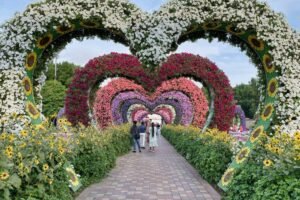Japan’s Zen gardens, or karesansui (枯山水), are more than just landscapes—they are masterpieces of minimalist beauty and spiritual tranquility. These meticulously designed dry gardens use rocks, sand, and carefully placed plants to evoke natural scenery, creating a space for meditation and contemplation.
If you’re looking for the most breathtaking and serene Zen gardens in Japan, this guide will take you to the finest examples across the country.
1. Ryoanji (Kyoto) – The Most Famous Zen Garden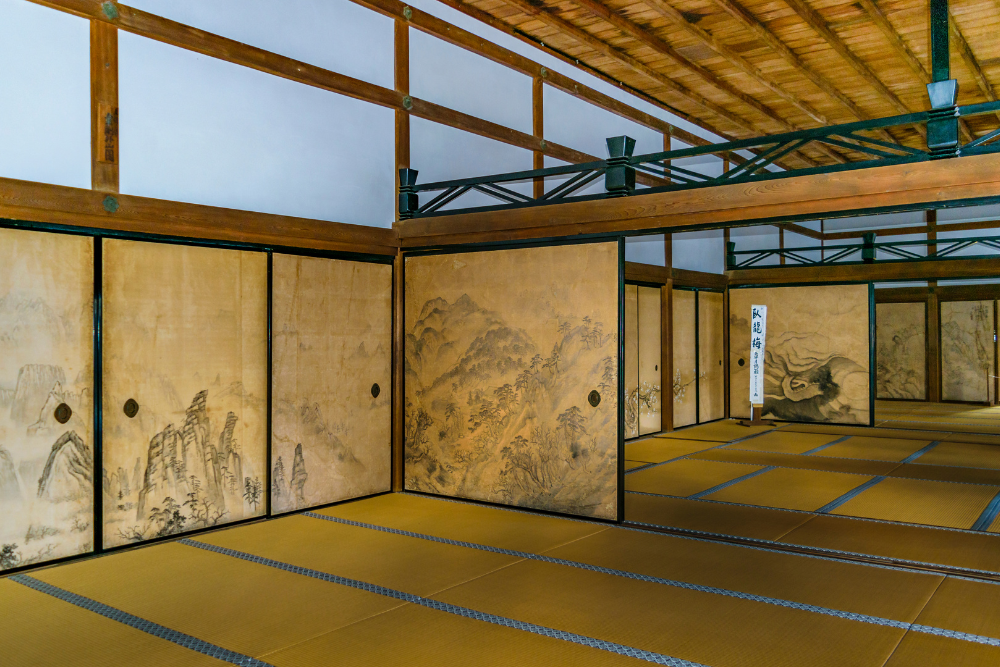
Why Visit?
Ryoanji (龍安寺) is Japan’s most iconic Zen garden, known for its mysterious and thought-provoking rock arrangement. This UNESCO-listed site is a must-visit for Zen garden lovers.
Highlights
- Fifteen Stones in a Sea of White Gravel: The garden consists of 15 rocks placed asymmetrically, but no matter where you stand, at least one rock is always hidden from view.
- Symbolism & Mystery: The meaning of the design remains unknown—some say it represents islands floating in an ocean, a tiger carrying cubs, or a state of enlightenment.
- Surrounding Temple & Pond Garden: The Kyoyochi Pond, located near the Zen garden, offers a scenic and peaceful walk.
Best Time to Visit
- Spring (March–May) and Autumn (October–November) for cherry blossoms and fiery maple leaves.
How to Get There
- From Kyoto Station, take Bus #50 or #59 (30 minutes).
- Alternatively, take the Keifuku Kitano Line to Ryoanji Station (5-minute walk).
2. Ginkakuji (Kyoto) – The Silver Pavilion’s Perfectly Raked Sand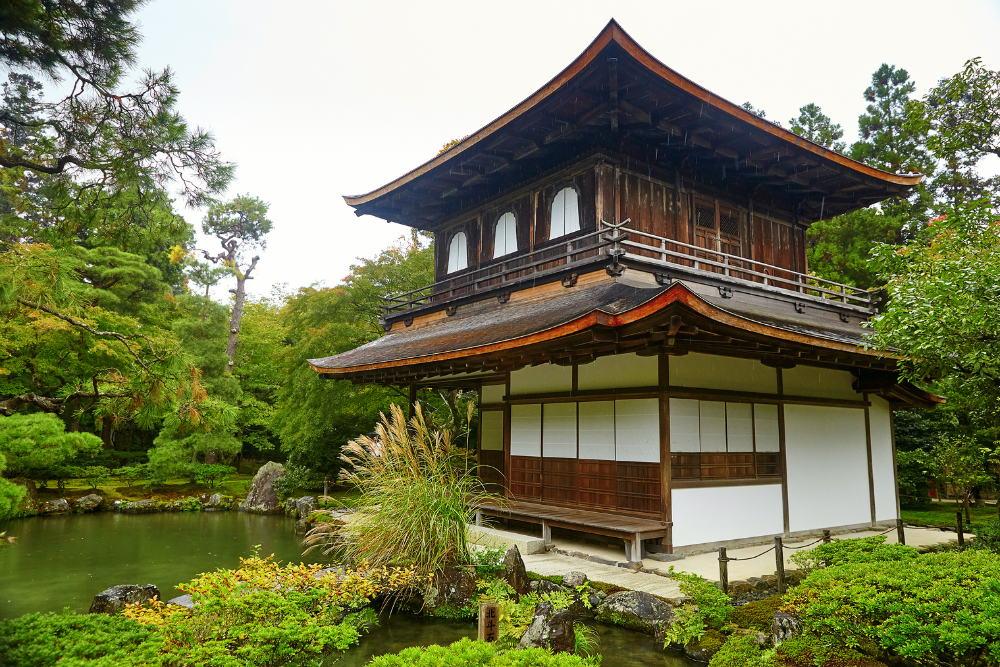
Why Visit?
Ginkakuji (銀閣寺), also known as the Silver Pavilion, is home to one of the most beautifully raked sand gardens in Japan, along with a lush moss-covered landscape garden.
Highlights
- The “Sea of Silver Sand” (Ginshadan): A meticulously raked sand garden that represents rippling water waves.
- The “Moon-Viewing Platform” (Kogetsudai): A cone-shaped sand mound designed to reflect moonlight.
- Scenic Hillside Walks: The temple’s garden path winds up a hill, offering a spectacular view of the entire Zen garden from above.
Best Time to Visit
- Spring and Autumn for seasonal beauty, but it’s peaceful year-round.
How to Get There
- Take Bus #5, #17, or #100 from Kyoto Station (40 minutes).
3. Daitokuji (Kyoto) – A Hidden Gem of Zen Gardens
Why Visit?
Daitokuji (大徳寺) is a less crowded Zen temple complex in Kyoto, with multiple sub-temples featuring unique dry gardens.
Highlights
- Daisen-in Garden: One of the most intricate karesansui gardens, symbolizing a river flowing from youth to old age.
- Ryogen-in Garden: The smallest Zen garden in Japan, designed with striking simplicity.
- Kotoin’s Moss Garden: A serene, tree-covered garden perfect for quiet reflection.
Best Time to Visit
- Autumn (October–November) for beautiful red maple foliage.
How to Get There
- Take the Karasuma Subway Line to Kitaoji Station, then walk 15 minutes.
- Buses #101, #205 from Kyoto Station.
4. Ritsurin Garden (Takamatsu) – A Zen-Inspired Landscape Garden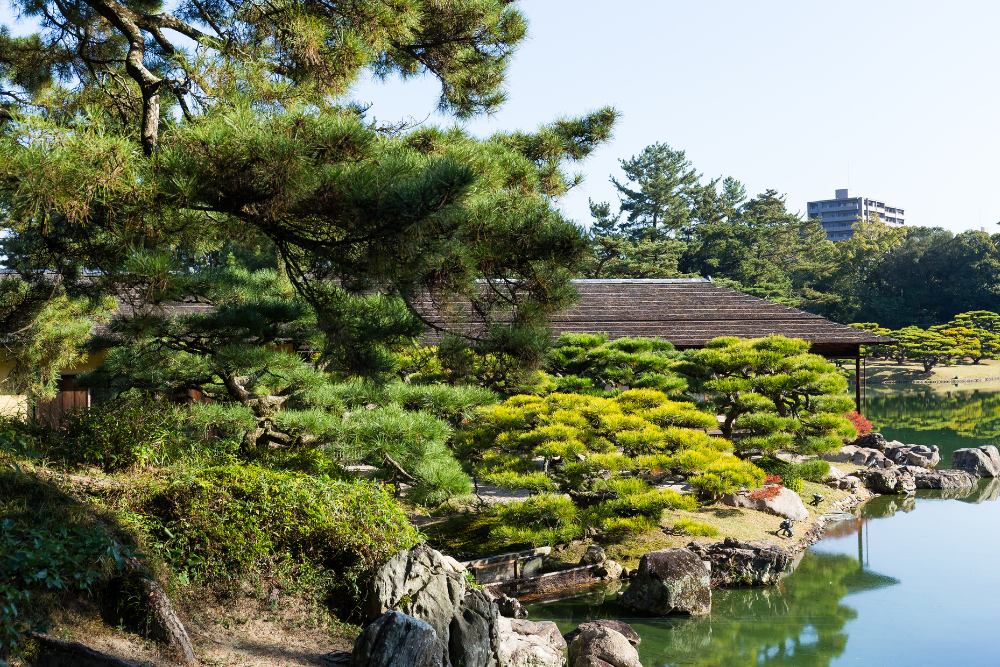
Why Visit?
Ritsurin Garden (栗林公園) in Shikoku is one of Japan’s largest and most stunning strolling gardens, blending Zen aesthetics with classical Japanese landscaping.
Highlights
- Perfectly Curved Bridges & Tea Houses: Experience a harmonious balance of nature and design.
- Tranquil Ponds & Miniature Landscapes: This garden feels like a living Zen painting.
- Tea Ceremony at Kikugetsutei Pavilion: Enjoy matcha tea while overlooking the pond and cherry blossoms.
Best Time to Visit
- Spring and Autumn for cherry blossoms and red maple leaves.
How to Get There
- From Takamatsu Station, take a 10-minute bus ride or walk 20 minutes.
5. Kenrokuen (Kanazawa) – One of Japan’s Top Three Gardens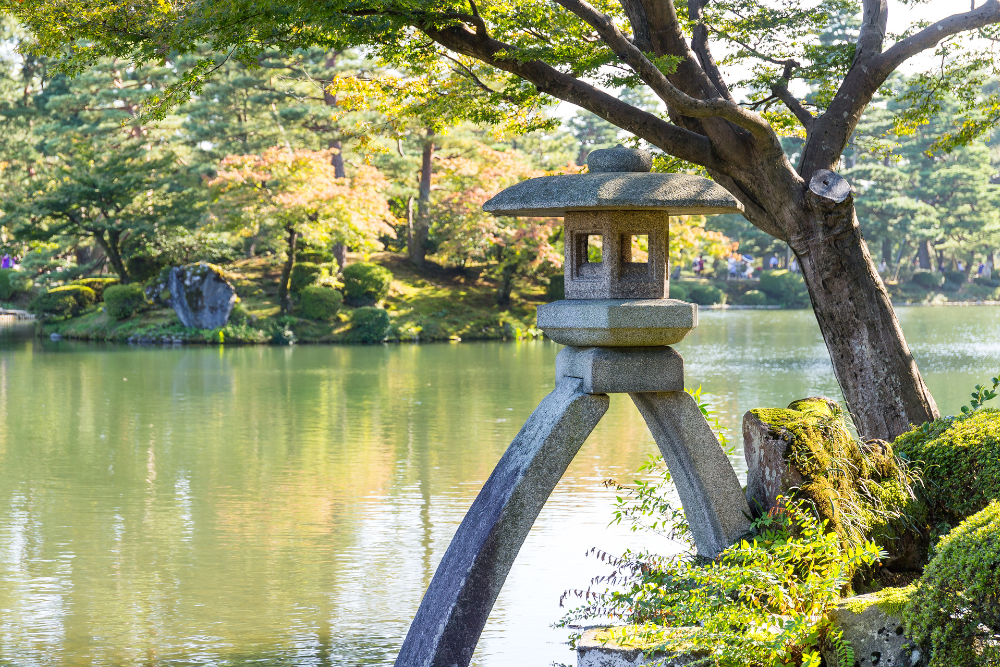
Why Visit?
Kenrokuen (兼六園) is a classic Japanese strolling garden with Zen influences, featuring ponds, waterfalls, and scenic viewpoints.
Highlights
- Iconic Kasumigaike Pond: Offers picturesque reflections of cherry blossoms or snow-covered trees.
- Kotoji-toro Lantern: A famous stone lantern standing elegantly by the water.
- Seasonal Beauty: Known for its winter “yukitsuri” (snow protection for trees).
Best Time to Visit
- Winter (December–February) for snowy landscapes.
- Spring and Autumn for cherry blossoms and maple leaves.
How to Get There
- Take a bus from Kanazawa Station (10 minutes).
6. Adachi Museum of Art (Shimane) – A Zen Garden Masterpiece
Why Visit?
Adachi Museum of Art (足立美術館) is famous for its stunning Zen gardens, often ranked as Japan’s best garden by experts.
Highlights
- Framed Zen Garden Views: Designed to be admired from inside the museum, creating a living work of art.
- Pine Trees & Sand Patterns: The perfect fusion of natural beauty and human artistry.
- Museum of Traditional Japanese Art: Featuring masterpieces by Yokoyama Taikan.
Best Time to Visit
- Any time of year, as the garden changes beautifully with each season.
How to Get There
- From Yonago Station, take a free shuttle bus (20 minutes).
7. Tofukuji (Kyoto) – A Zen Garden with Checkerboard Moss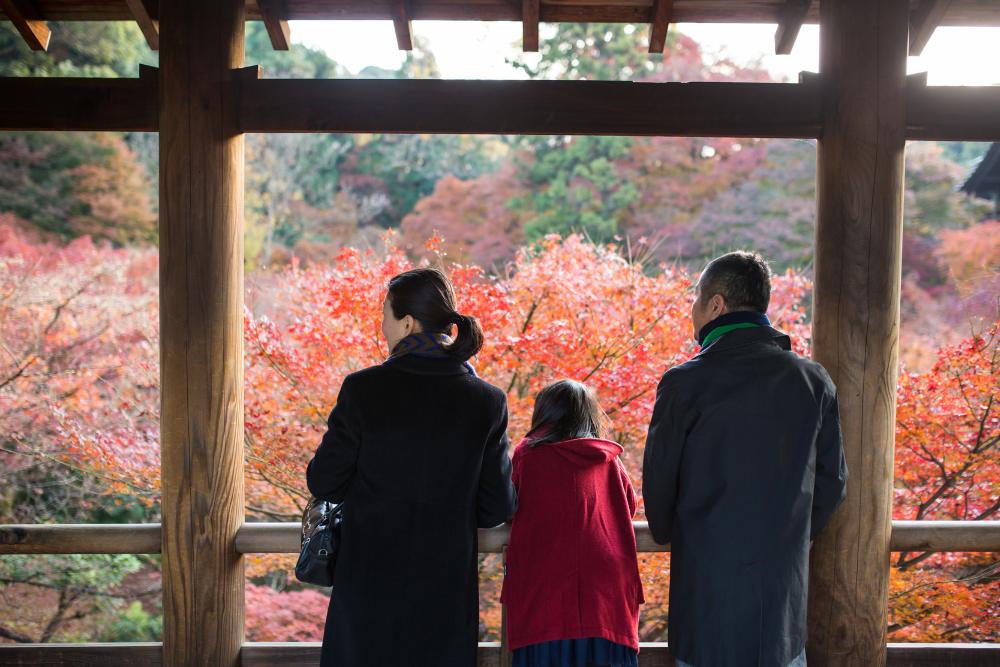
Why Visit?
Tofukuji (東福寺) offers one of Kyoto’s most innovative Zen gardens, designed by the legendary Shigemori Mirei in the 20th century.
Highlights
- Checkerboard Moss & Stone Garden: A unique blend of modern and traditional Zen aesthetics.
- Tsutenkyo Bridge: A famous wooden bridge surrounded by maple trees.
- Peaceful & Less Crowded: Ideal for those who want a quiet Zen experience.
Best Time to Visit
- Autumn (October–November) for the most breathtaking red maple leaves.
How to Get There
- From Kyoto Station, take the JR Nara Line to Tofukuji Station (10 minutes).
Conclusion
Japan’s Zen gardens are not just places of beauty—they are spaces for reflection, peace, and mindfulness. Whether you visit the mysterious rock garden of Ryoanji, the checkerboard moss of Tofukuji, or the living masterpiece at Adachi Museum, each garden offers a unique perspective on Japanese aesthetics and philosophy.
For a truly tranquil experience, take your time walking, meditating, and appreciating the harmony of nature and design. Which Zen garden will you explore first?





